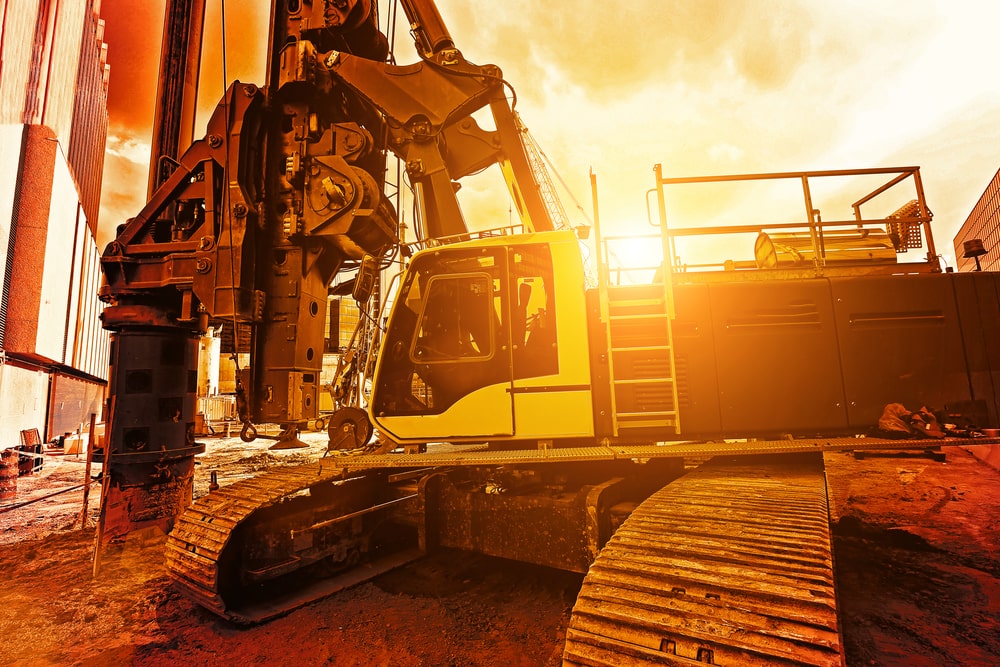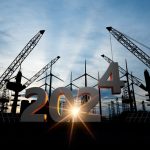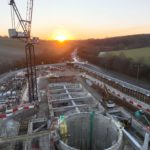News - Construction News
Cleaner air from HS2

As the UK’s most ambitious infrastructure project, HS2 is setting its own high standards in sustainability and cleaner construction.
One particular area it has concentrated its efforts on, is its construction vehicle emissions standards. Emissions from construction vehicles and their contribution to environmental damage and air pollution is well noted and HS2 is hoping to set a new benchmark in construction vehicle emission standards around the UK, improving public health outcomes and encouraging the UK construction industry to invest in cleaner technology.
All diesel HGVs working the length of the HS2 project will be powered by the cleanest available Euro VI engines, going beyond current standards set here in the UK. Vehicle emission standards, denoted by the “Euro” categorisation, have been set and toughened over recent years and currently all newly-made combustion engine vehicles must comply with Euro VI, the most recent and strictest standard.
By insisting that all HGVs working on the project comply with the project’s standards, HS2 Ltd hopes it will encourage its suppliers to invest in new, cleaner and more efficient vehicles. The company has already introduced the stipulation for HGVs and plans to extend the standard for cars and vans in 2020.
As well as HGVs, cars and vans, a fleet of off-road machinery like diggers, cranes and diesel-powered generators is needed to build the 345 miles of the UK’s new high speed railway.
Currently only London sets any emissions standards at all for off-road machines. However, HS2 is insisting equipment used along the route’s entire length meets the EU Stage 3b standard, rising to less-polluting Stage 4 in 2020.
In the capital’s Congestion Charge Zone HS2 already demands its contractors comply with Stage 4, and will raise it to Stage 5 next year, staying one step ahead of the city’s own emissions standards.
HS2 Ltd’s director of environment, Peter Miller, said: “HS2 is more than a railway. We are leading the industry in vehicle emission standards by exceeding London’s construction industry standards and extending them 345 miles across the country. We are determined to use the project’s scale and duration to help cut the release of harmful combustion engine emissions by stipulating contractors building Britain’s new high speed rail network use the cleanest vehicles and machinery available.
“By setting new vehicle emission standards for contractors we will contribute to efforts to improve air quality; and leave a legacy of a new fleet of low-emission HGVs and construction equipment to work on future projects. We also hope our rules influence local authorities along the route to follow HS2’s lead and introduce exacting emissions standards in their area, which would benefit huge swathes of the country.”
If you are interested in finding out more about key infrastructure trends today, you may wish to attend the flagship infrastructure exhibition at the NEC in April 2019 : UKIS 2019
Click here for more information on how to register or exhibit at the UK Infrastructure Show 2019.
If you would like to read more articles like this then please click here.
Related Articles
More News
- Balfour Beatty awarded contract to build Scotland’s first net zero prison
24 Apr 24
Balfour Beatty has confirmed that it has been awarded a contract to construct the new
- Construction output decreased in February
23 Apr 24
The estimates show that monthly construction output is expected to have decreased 1.9% in volume
- Falling from height workplace injuries
22 Apr 24
Following the recent tragic news of Gogglebox star, George Gilbey's death is a stark reminder






